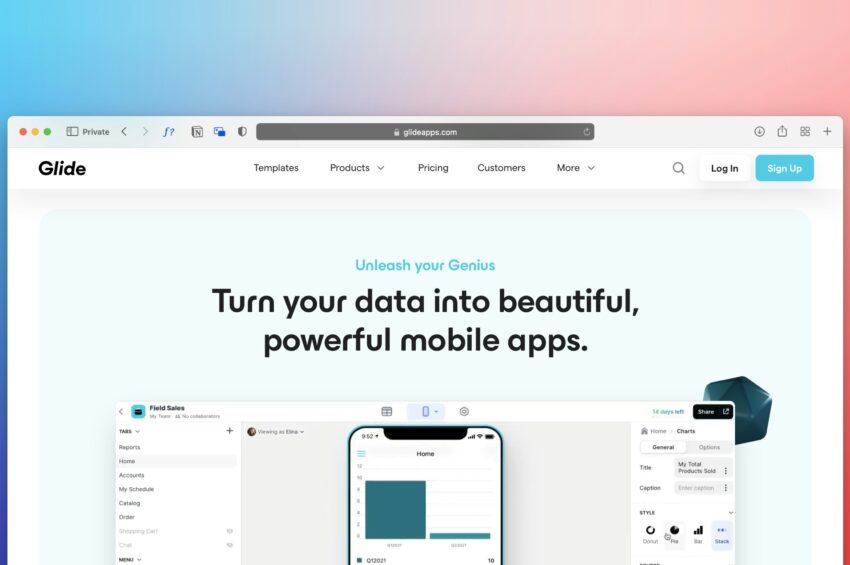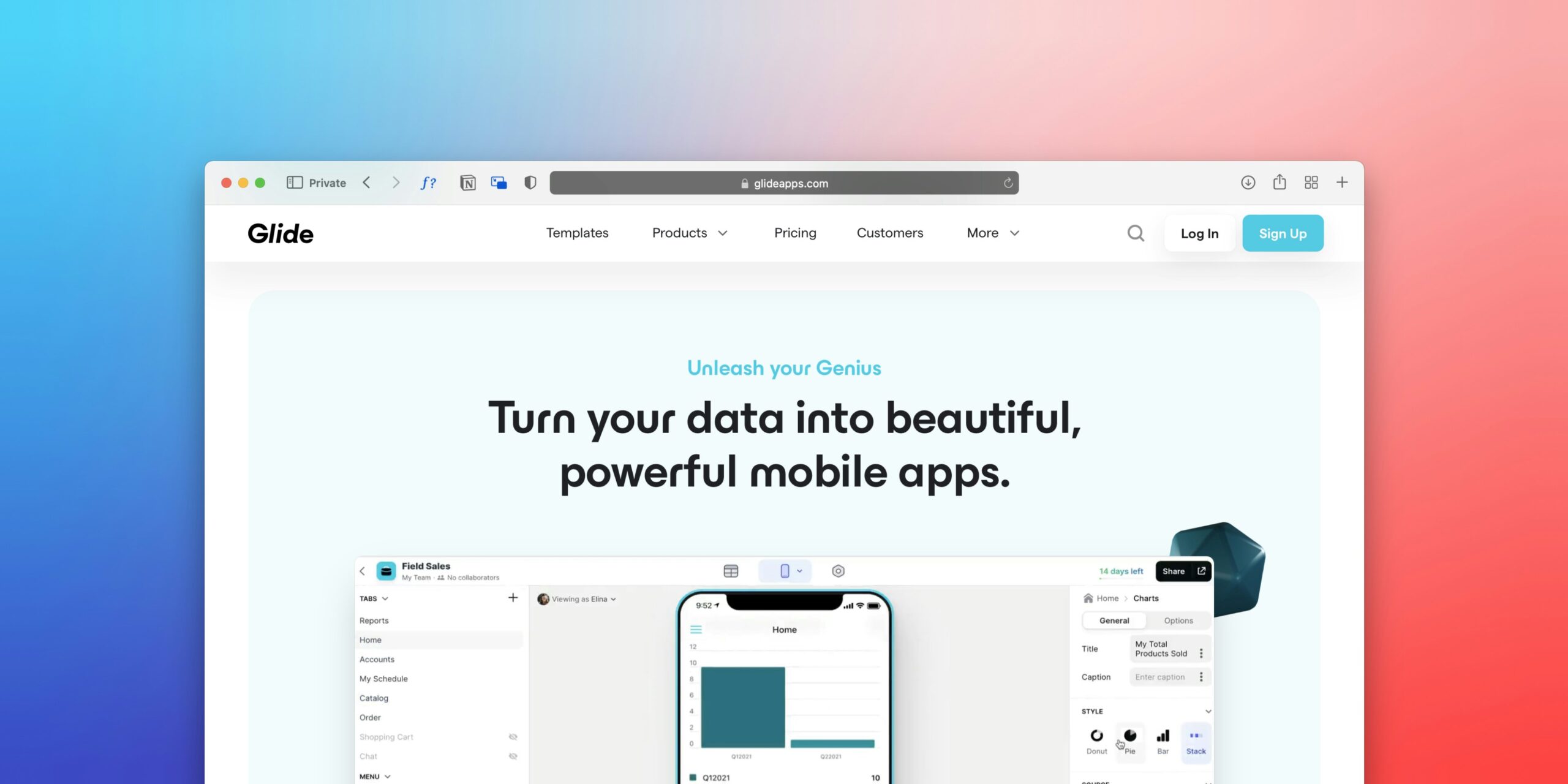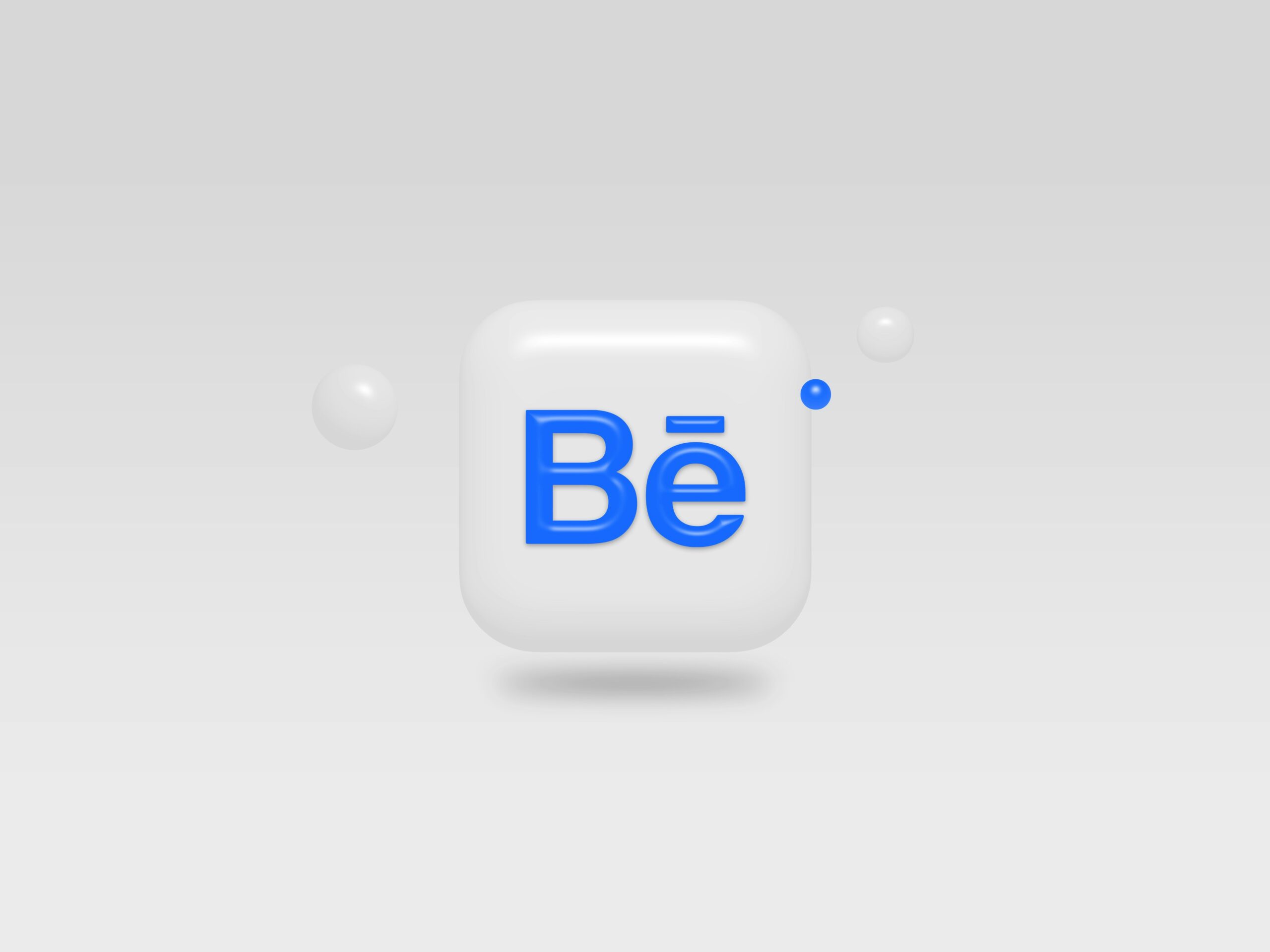
App Store Optimization (ASO): A Beginner’s Guide
Introduction
App Store Optimization (ASO) is crucial for the success of any mobile app. It’s the process of optimizing your app’s listing on app stores like Google Play and the Apple App Store to improve its visibility and increase downloads. A strong ASO strategy can significantly boost your app’s ranking, leading to more organic downloads and increased revenue. This beginner’s guide to ASO basics will walk you through the essential steps to enhance your app’s app store visibility.
Keyword Research: The Foundation of ASO
Effective keyword research is the cornerstone of successful ASO. It involves identifying the terms users type into app stores when searching for apps like yours. Tools like App Annie and Sensor Tower can help you find relevant keywords with high search volume and low competition. Remember to focus on keywords directly related to your app’s functionality and target audience.
Understanding Keyword Relevance and Search Volume
Choosing the right keywords is paramount. Select keywords directly related to your app’s features and user needs. Analyze search volume data to understand how often these keywords are used. Prioritize keywords with high search volume and relatively low competition to maximize your app’s visibility.
Incorporating Keywords Naturally
Integrate your keywords naturally into your app’s title, description, and metadata. Avoid keyword stuffing, which can harm your ranking. Focus on creating a compelling and readable description that accurately reflects your app’s value proposition. Read more about optimizing your app listing in this comprehensive guide: A Complete Guide to App Store Optimization (ASO).
Optimizing Your App Title and Description
Your app’s title and description are critical for attracting users. Craft a concise and engaging title that includes relevant keywords. Write a clear, concise, and persuasive description that highlights key features and benefits, using strong calls to action. See an example of a well-optimized title and description in this helpful guide: What is app store optimization: Your Guide to ASO in 2025.

Writing a Compelling App Description
Your app description is your chance to sell your app. Use compelling language to highlight its key features and benefits. Include a clear call to action, encouraging users to download your app. This ASO strategy guide offers more advice on writing effective descriptions.
Utilizing App Previews and Screenshots
High-quality screenshots and app previews are essential for showcasing your app’s functionality and user interface. Use visually appealing assets that clearly demonstrate your app’s features and benefits. Learn more about optimizing your app’s visuals in this guide: How to build an effective ASO strategy: A step-by-step guide for 2025.

App Store Listing Optimization
Optimize all aspects of your app store listing, including your app icon, screenshots, and video previews. Create a consistent brand image across all platforms. A well-designed icon and compelling visuals are crucial for attracting users. This in-depth guide provides further insights into ASO best practices.

Icon Design and Branding
Your app icon is the first impression users have of your app. Invest in a professional, visually appealing icon that accurately reflects your app’s brand and functionality. Consider using high-resolution images and adhering to app store guidelines.
Tracking and Analyzing Your ASO Performance
Monitor key ASO metrics, such as download rates, conversion rates, and keyword rankings. Use analytics tools to track your progress and identify areas for improvement. A/B testing allows you to experiment with different listing elements to see what resonates best with users.

Using A/B Testing for Optimization
Use A/B testing to experiment with different app store listing elements, such as your title, description, and screenshots. This data-driven approach helps you identify what works best and optimize your listing for maximum impact. Learn more about A/B testing in this beginner’s guide to app store optimization.

Conclusion
A holistic ASO strategy is essential for app success. By implementing the strategies discussed in this guide, and continuously monitoring and optimizing your app store listing, you can significantly improve your app’s visibility, attract more users, and achieve sustainable growth. For a more in-depth look at app store optimization tips, check out our ultimate guide. To learn more about boosting app downloads through social media, read our case study. If you’re interested in leveraging Google Ads for app marketing, our how-to guide will be helpful. For a broader perspective on app marketing, explore our post on mastering app marketing. We also have a guide on ASO strategies for app store optimization success.
FAQ
What is the difference between ASO and SEO?
ASO focuses on optimizing an app’s visibility within app stores, while SEO focuses on optimizing a website’s visibility in search engine results pages (SERPs).
How long does it take to see results from ASO?
Results vary, but improvements are often seen within a few weeks of implementing an ASO strategy. Consistent optimization is key.
Are there any tools to help with ASO?
Yes, many tools assist with keyword research, competitor analysis, and tracking ASO performance. Examples include App Annie and Sensor Tower.
How often should I update my app store listing?
Regular updates are crucial. Update whenever you release a new version, add features, or observe changes in keyword rankings or competitor strategies.
What if my app isn’t ranking well?
Analyze your current ASO strategy, focusing on keyword research, description optimization, and visual assets. Consider A/B testing. Consistent monitoring and improvement are crucial.



